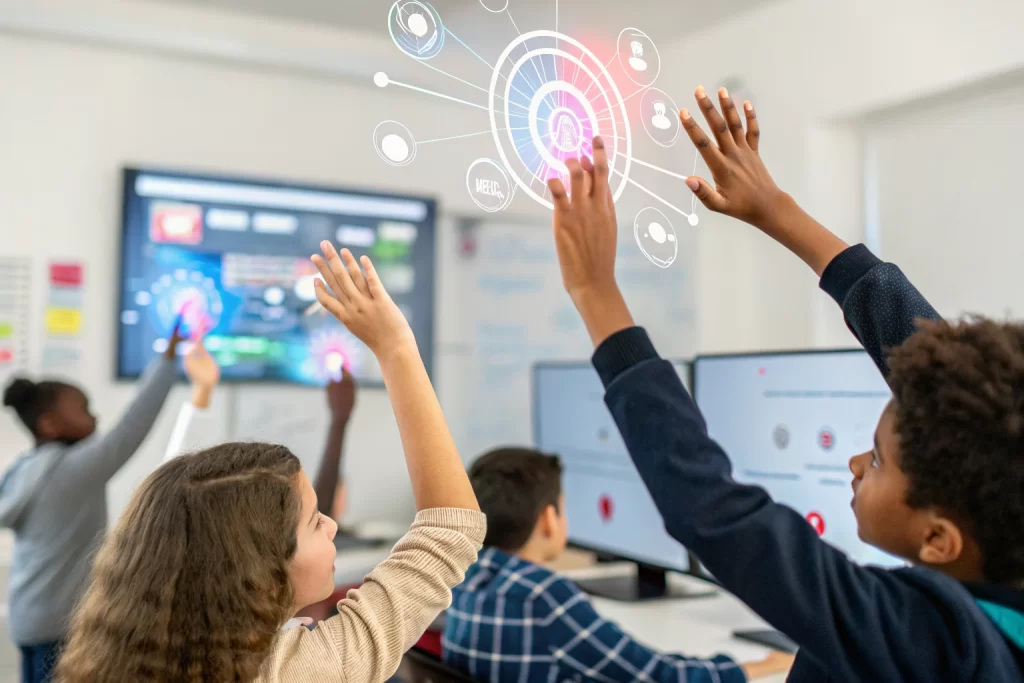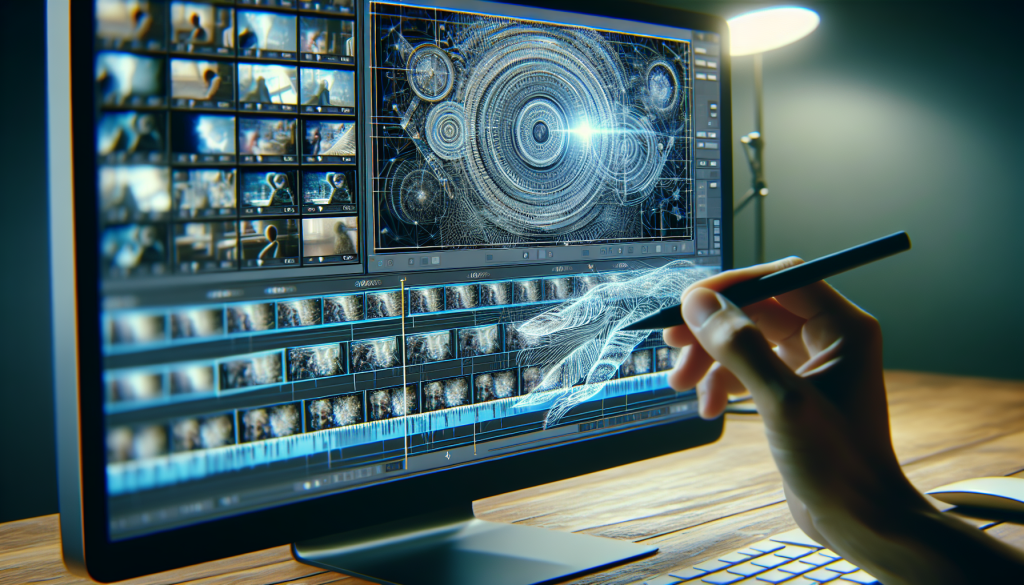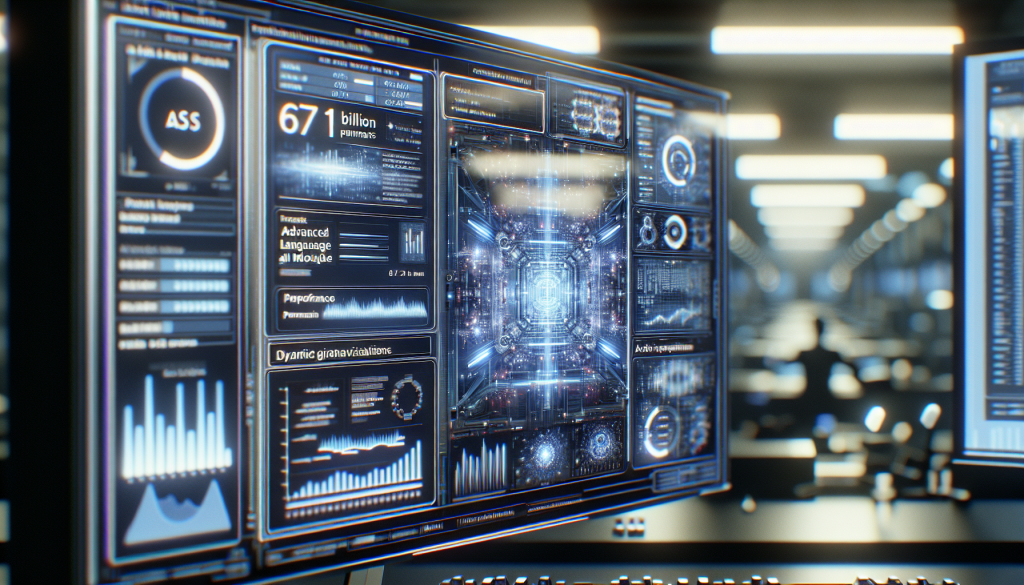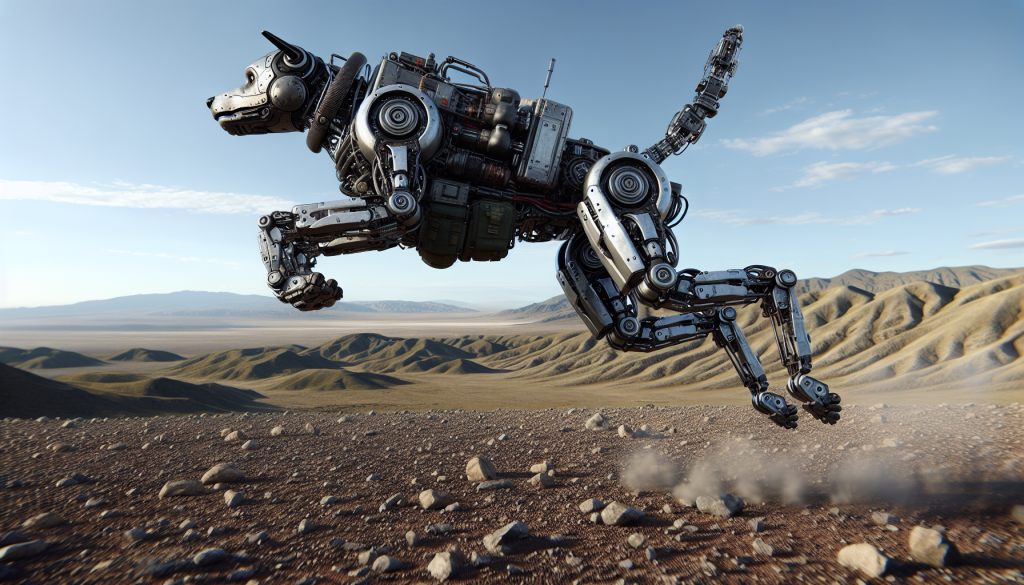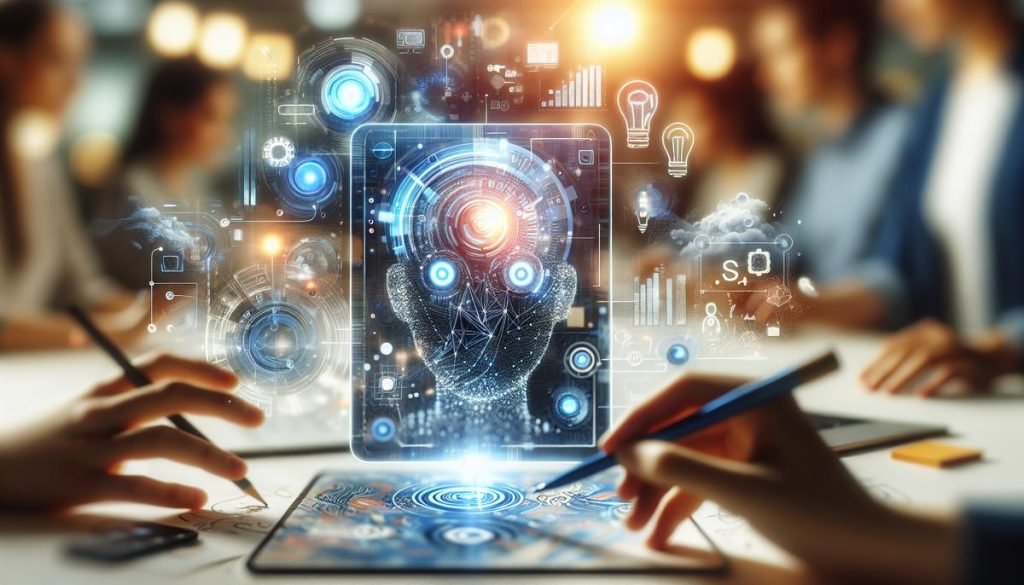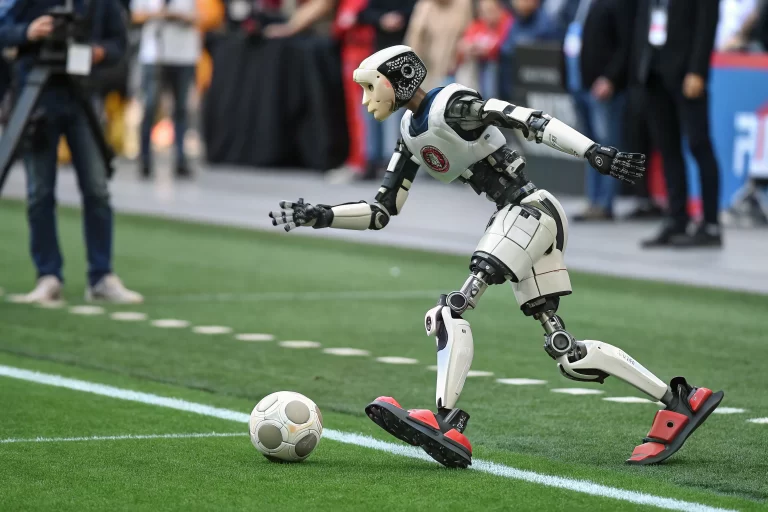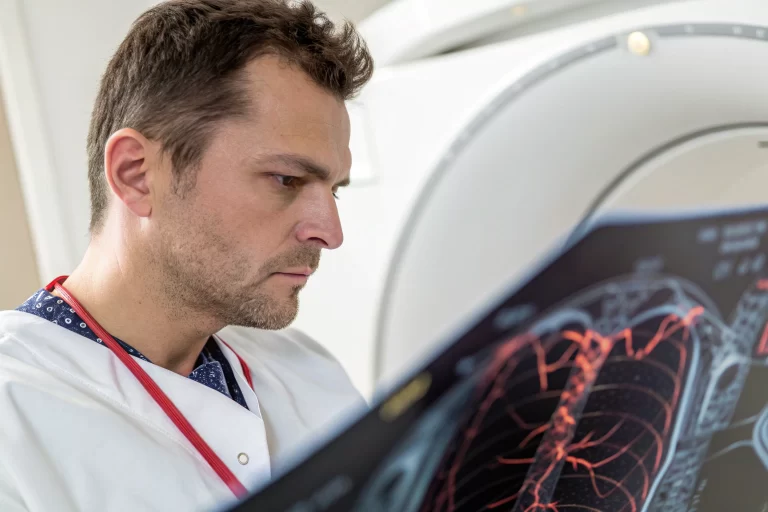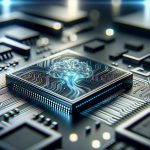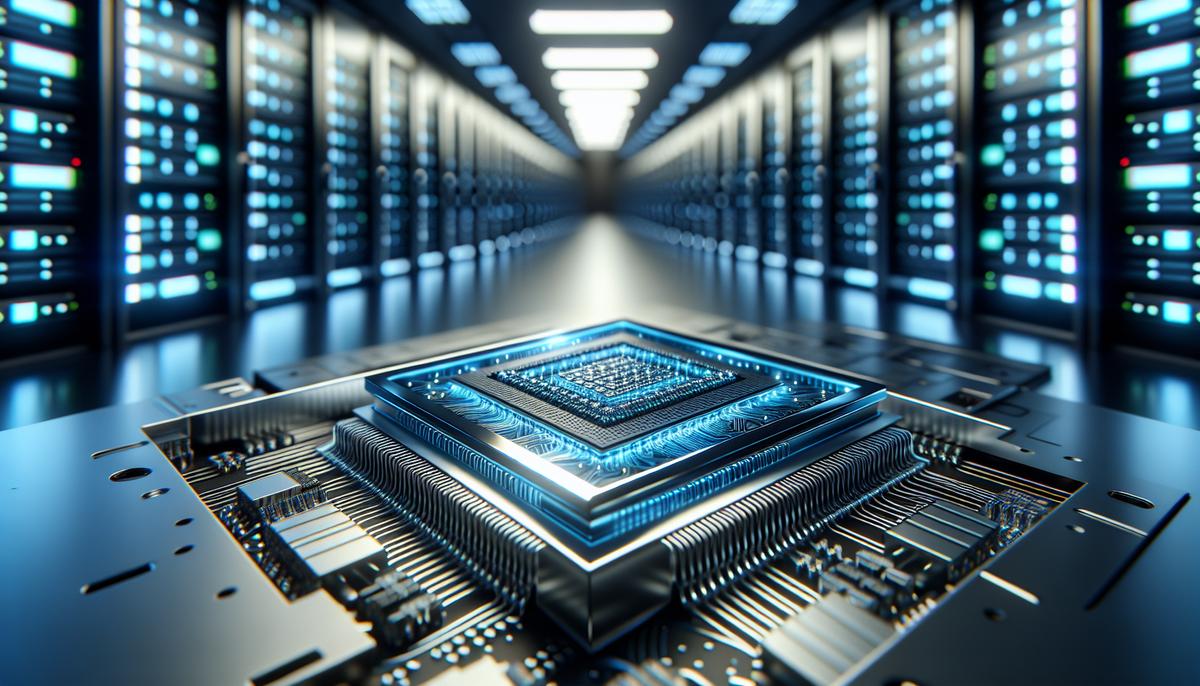
OpenAI Explores Independence from Microsoft Amid Partnership Tensions; Hinton and Hopfield Win Nobel Prize in Physics for AI Innovations
Share your love
The recruitment landscape in AI continues to evolve, driven by demand for specialized roles at companies like OpenAI and Shield AI. As cutting-edge tools such as HeyGen, Eddie AI, and Cove reshape workflows, recruiters face the challenge of sourcing candidates with expertise in areas like neural networks and machine learning. OpenAI’s interest in proprietary infrastructure and Adobe’s new AI attribution system exemplify the industry’s push toward innovation and accountability, placing a premium on talent capable of navigating these advancements. For job seekers, this surge in opportunities underscores the importance of staying updated on both technical skills and industry trends.
Table of Contents
- OpenAI Seeks Independence from Microsoft
- AI Pioneers Awarded Nobel Prize
- Control Object Motion in AI Videos
- Adobe Launches AI Attribution System
- New AI Tools and Job Opportunities
- Conclusion
OpenAI Seeks Independence from Microsoft
According to a report, OpenAI is looking to lessen its reliance on Microsoft for computing power.
The company’s Chief Financial Officer, Sarah Friar, mentioned to shareholders that Microsoft has not moved quickly enough to provide the computing resources needed.
As a result, OpenAI is exploring options to:
- Set up its own data servers
- Develop proprietary AI chips
This shift could indicate some tension between the two companies. If it continues, it might have significant repercussions on their partnership.
AI Pioneers Awarded Nobel Prize
Geoffrey Hinton and John Hopfield have jointly received the Nobel Prize in Physics for their revolutionary work in:
- Machine learning
- Artificial neural networks
Key Contributions
- Geoffrey Hinton: Known as “The Godfather of AI,” co-created a technique that allows neural networks to learn from mistakes.
- John Hopfield: Developed models in the early eighties that simulate brain memory function.
During his acceptance speech, Hinton expressed concerns about AI’s future, suggesting that systems might eventually surpass human intelligence.
Control Object Motion in AI Videos
Kling AI has launched a new feature that lets users animate specific elements within generated videos.
The process involves:
- Uploading an image
- Painting motion paths on designated areas
This allows creators more control, enabling a greater range of creative expression in their projects.
Adobe Launches AI Attribution System
Adobe has unveiled a new web app called Adobe Content Authenticity, aimed at helping creators ensure proper attribution in the era of AI-generated content.
This tool applies digital credentials to various media types, essentially acting as a “nutrition label” for content.
It employs technologies such as:
- Digital fingerprinting
- Cryptographic metadata
These features help protect creators’ works from unauthorized use in AI training.
New AI Tools and Job Opportunities
Several new AI tools are making waves, including:
- HeyGen: For creating realistic AI avatars
- Eddie AI: For prompt-to-video editing
- Cove: A visual workspace for AI-enhanced thinking
Additionally, job openings in the AI field are on the rise, with positions available at leading companies such as OpenAI and Shield AI.
Conclusion
That’s a wrap for today! Remember to keep your ears open for the latest in AI and tech developments. Until next time, stay informed and stay curious!

